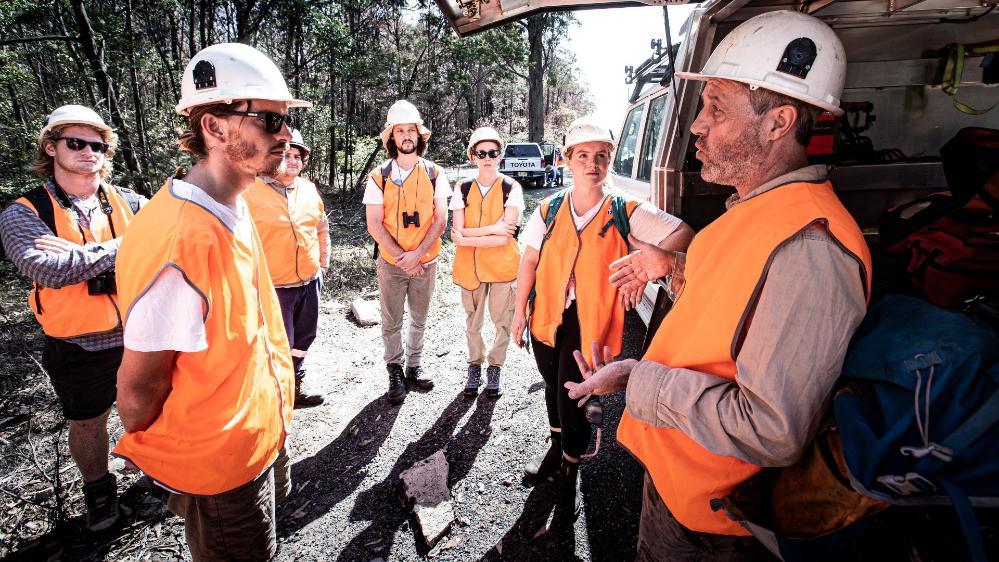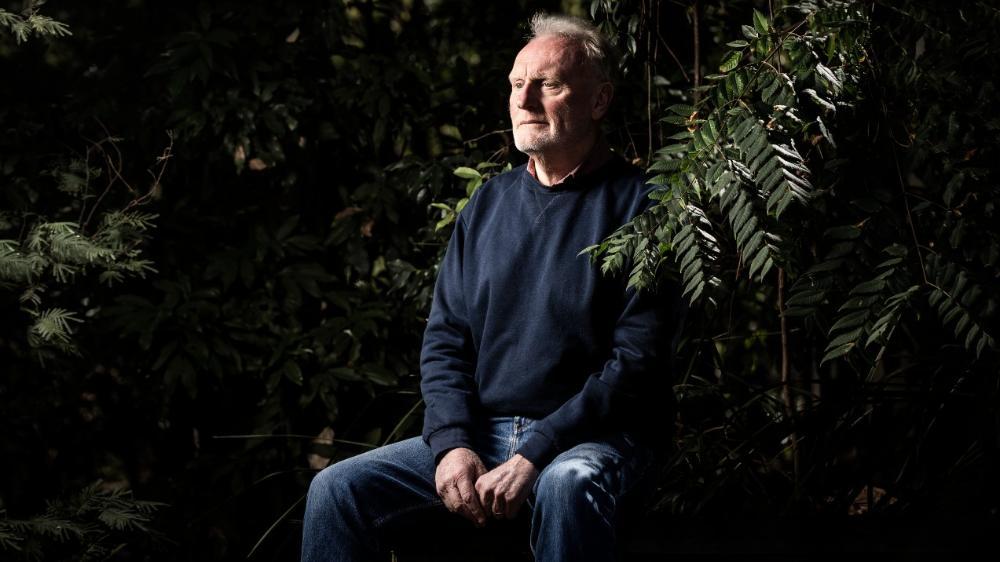Burning for a better future
Understanding bushfire behaviour and risk and to inform policy and operational change
This is where the NSW Bushfire Risk Management Research Hub – hosted by UOW and led by world-leading fire ecologist and Director of the Centre for Environmental Risk Management of Bushfires (CERMB) Senior Professor Ross Bradstock – comes in.
“The primary thrust of the Hub is understanding how we can best manage fire, particularly in a planned way, to significantly reduce the risks uncontrolled fire poses to health, infrastructure and environmental values,” Professor Bradstock explains.
“We’ve long managed fire to protect lives, property and biodiversity, but emerging research has thrown up significant new challenges, including the effects of smoke on human populations. For example, during the last fire season an estimated 400 premature deaths in south-eastern Australia can be attributed to smoke from wildfires accumulating over cities.”
A research partnership between UOW, Western Sydney University, University of New South Wales and University of Tasmania, the Hub was established in 2017 with $4 million, five-year NSW Department of Planning, Industry and Environment funding. Researchers work alongside fire agencies, public land managers and Indigenous knowledge holders to understand bushfire behaviour and risk and to inform policy and operational change.
Research takes place across six distinct yet interconnected work packages: dynamic mapping of fire regimes; fuel, flammability and carbon dynamics; greenhouse gases, particulate emissions and air quality; fire regime guidelines for threatened species; links between Indigenous cultural burning and wellbeing; and optimising cost-effective risk mitigation via planned burning.

“That final package will integrate research across all packages into a framework enabling land managers to choose cost-effective strategies that mitigate risks across the board,” Professor Bradstock says.
“Everything is underpinned by the perspective of continual shifts through climate change. Much of the Hub’s work connects with other UOW research projects, including understanding house loss and community resilience to bushfire.”
UOW academics lead three of the six work packages. Associate Professor Owen Price is investigating balancing bushfire risk with smoke impacts on the environment and human health, Dr Hamish Clarke is looking at prescribed burning as a key tool in reducing bushfire risk and Dr Katharine Haynes is exploring how engagement in cultural burning leads to cultural renewal and wellbeing in Aboriginal communities.
“Cultural fire is an exciting way of bringing people in, and once they’re engaged they learn so much about Indigenous practices, land management and culture,” Dr Haynes explains.
“Meeting with Aboriginal cultural burning practitioners around NSW, their stories demonstrate overwhelmingly positive benefits for their health and wellbeing. They’re reflecting on journeys of empowerment; moving from disconnection, sadness and frustration to healing themselves and the environment. They report experiencing increased pride, resilience and spiritual, physical and mental health. For many, particularly young people, it turned their lives around.”

Despite a resurgence of interest in cultural burning, policy and funding have yet to catch up, and Dr Haynes is aiming to produce evidence of the real health, wellbeing and social benefits to drive the shift. Also working for change is UOW PhD student and Bundjalung-Wonnarua woman Vanessa Cavanagh, looking specifically at women’s engagement with cultural burning and the barriers they face in what is nowadays a male-dominated space.
Two years in, research is progressing well across all work packages despite being hampered by COVID-19. Earlier this year, in the wake of our Black Summer, the Hub’s researchers put their projects on hold for three months to support the work of the NSW Bushfire Inquiry.
“We analysed the preconditions and circumstances leading up to the season, such as fuel conditions and weather, diagnostics around the severity of the fires and effect of different management practices, and human and environmental impacts such as smoke effects and threatened species loss,” Professor Bradstock recalls.
“We’ve used new techniques to compare last year with previous years and prove unprecedented levels of dryness across south-eastern Australia going into last season – it had never, in the last 50 years at least, been so homogeneously dry. This is in large part why we saw fires of such magnitude.”
The team also modelled the relationship between risk and current management practices at last season’s commencement, how that risk profile changed, and projections of risk over the next five years. The Hub ultimately produced 18 reports and profoundly influenced the Inquiry’s recommendations to the NSW Government, which subsequently adopted all 79 recommendations.
This recent work feeds into an impressive array of research underway in the Hub, including a new ARC Linkage Project in partnership with Western Sydney University and the Australian National University to enable better prediction of dryness.
“We can monitor dryness in the past and present, but we can’t yet forecast with any level of certainty those critical levels of dryness linked with major fires,” says Professor Bradstock.
“This research will deliver fundamental capacity to predict future dryness through better understanding how plants use water, enabling more effective assessment of long-range risk.
“It also represents a complete overhaul of how we use satellite technology for remote sensing and mapping of moisture.”
With the Hub’s initial funding term concluding in 2022, Professor Bradstock says the collaborators are making vast inroads in their shared vision: to quantify the risk mitigation achieved through the use of planned fire and ensure that strategies optimise return on investment for governments and communities.
“Providing evidence of risk mitigation achievements is so important. We need to be able to show people what they’re getting for their money and that it’s targeted in the most effective way.”
Senior Professor Ross Bradstock
Director of the Centre for Environmental Risk Management of Bushfires
Dr Katherine Haynes
Research Fellow, Centre for Environmental Risk Management of Bushfires